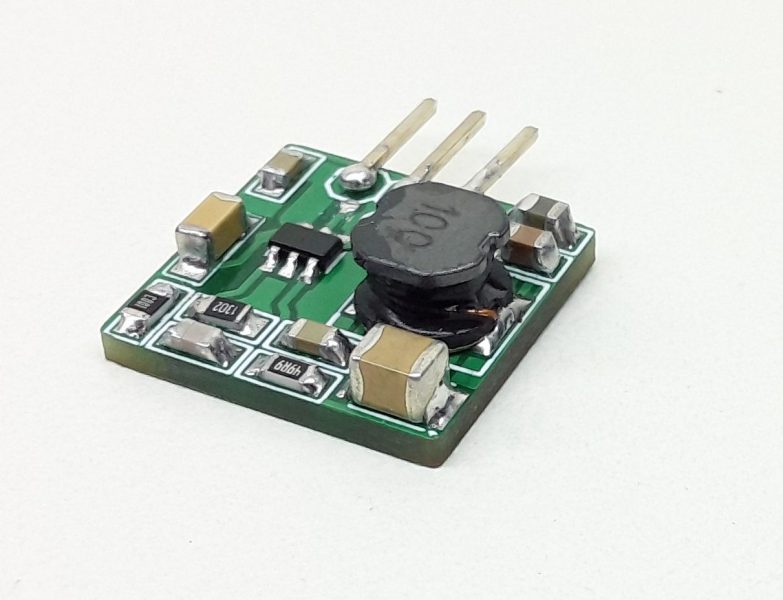Simple but reliable car battery tester
- Jonathan Filippi
- jonathan.filippi@virgilio.it
- 29.229 Views
- moderate
- Non tested
This circuit uses the popular and easy to find LM3914 IC. This IC is very simple to drive, needs no voltage regulators (it has a built in voltage regulator) and can be powered from almost every source.
Description
When the test button is pressed, the Car battery voltage is feed into a high impedance voltage divider. His purpose is to divide 12V to 1,25V (or lower values to lower values). This solution is better than letting the internal voltage regulator set the 12V sample voltage to be feed into the internal voltage divider simply because it cannot regulate 12V when the voltage drops lower (linear regulators only step down).
Simply wiring with no adjust, the regulator provides stable 1,25V which is fed into the precision internal resistor cascade to generate sample voltages for the internal comparators. Anyway the default setting let you to measure voltages between 8 and 12V but you can measure even from 0V to 12V setting the offset trimmer to 0 (but i think that under 9 volt your car would not start). There is a smoothing capacitor (4700uF 16V) it is used to adsorb EMF noise produced from the ignition coil if you are measuring the battery during the engine working. Diesel engines would not need it, but i’m not sure. If you like more a point graph rather than a bar graph simply disconnect pin 9 on the IC (MODE) from power. The calculations are simple (default)
For the first comparator the voltage is : 0,833 V corresponding to 8 V
* * * * * voltage is : 0,875 V corresponding to 8,4 V
…
…
for the last comparator the voltage is : 1,25 V corresponding to 12 V
Have fun, learn and don’t let you car battery discharge… 😉












The site is very good
Pb-Batteries are totally discharded at a voltage of 10.8V, 50% charged at 12,0V and fully charged at 12,6V+. Your levels are wrong, so this monitor can’t show true battery charge conditions.
The article provides a clear and accessible solution for testing car battery health. The step-by-step instructions, accompanied by detailed explanations and diagrams, make it easy for users of all skill levels to perform the test confidently. By prioritizing simplicity without compromising reliability, the article stands out as a valuable resource for car enthusiasts and DIYers. It offers a practical and effective approach to gauging car battery health using easily accessible components. Overall, the article’s innovative and user-friendly approach earns praise for its contribution to the field.
I have been maintaining the car battery for a long time but I didn’t know any way to check its overall condition and health. Today reading this article made it easy for me to understand how to check battery health. Especially the diagrams provided make everything clear and accessible to me. This article will be very easy to understand for anyone who reads it. Many thanks to the respected author for presenting such an interesting and easy-to-understand article on battery health checks.